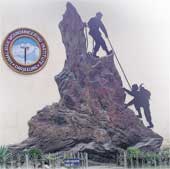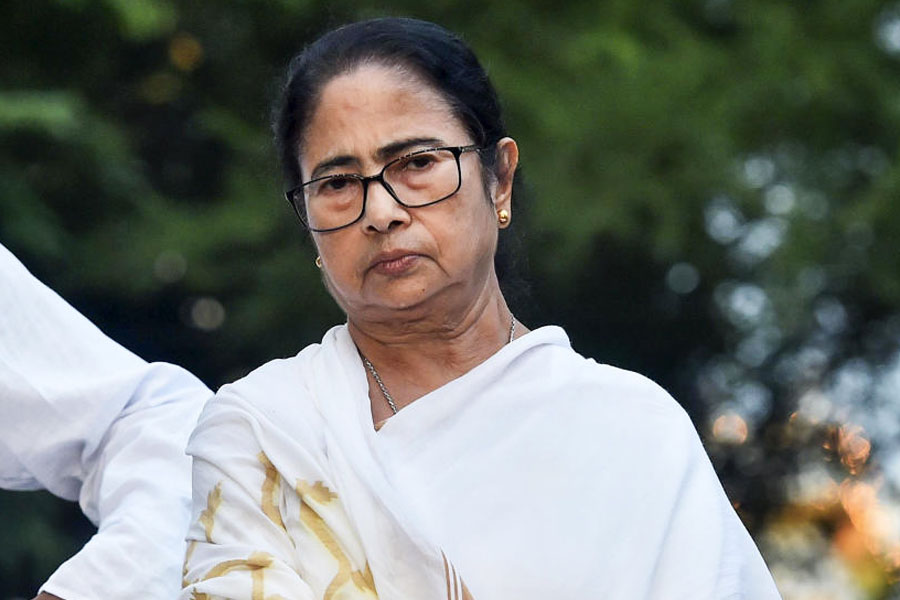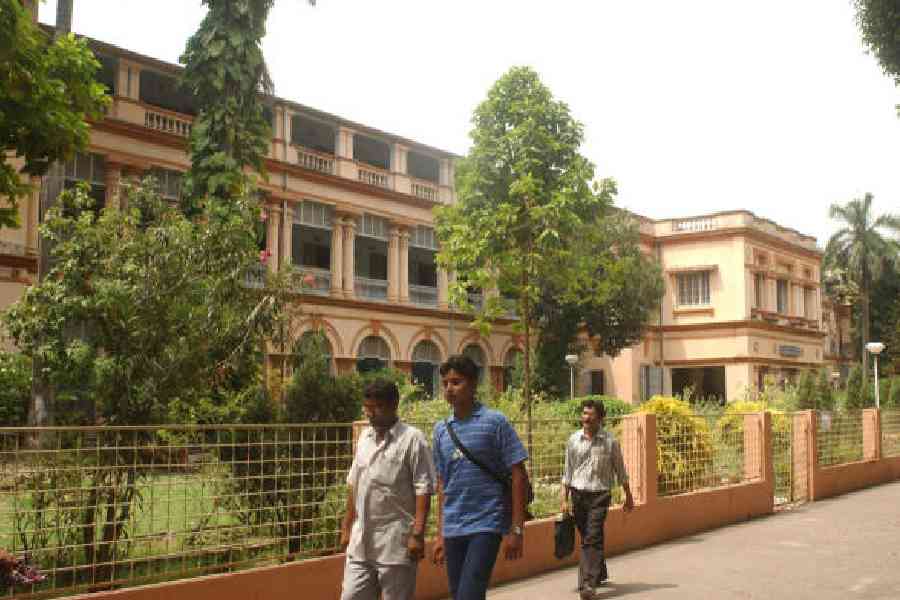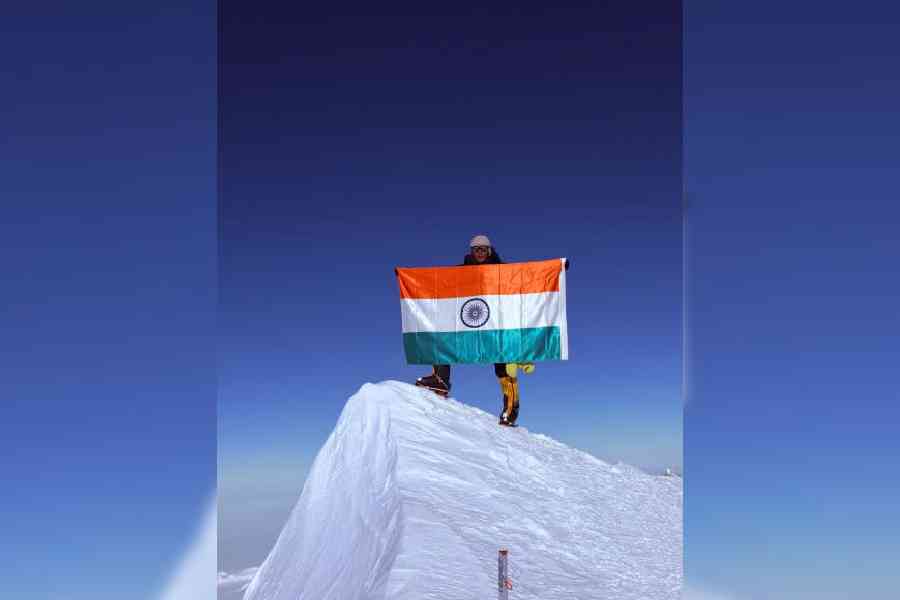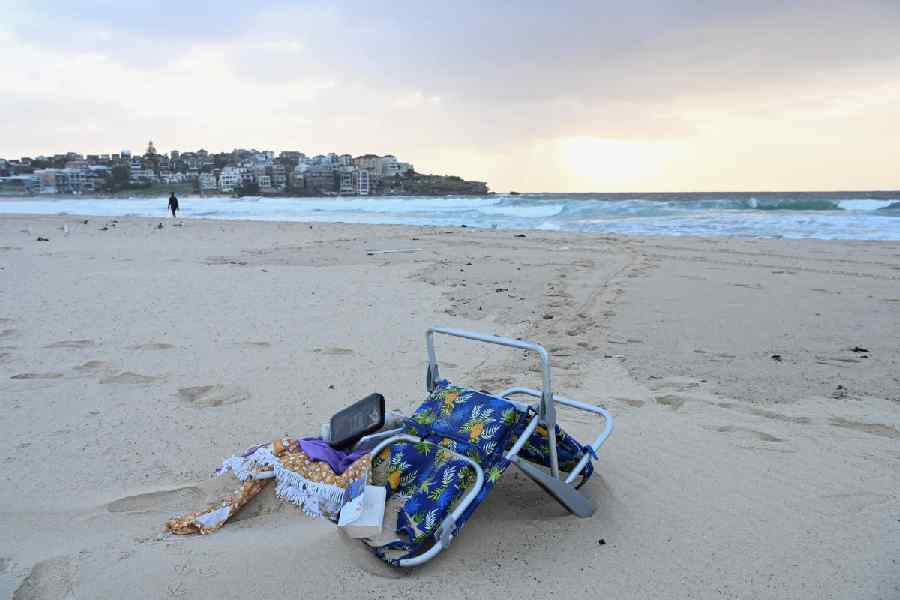 |
Nawang Gombu has seen — and heard — it all. It was the summer of 1954 and, as the septuagenarian Everester from Darjeeling puts it, the entire country was still basking in the reflected glory of the first ascent of Everest by Tenzing Norgay and Edmund Hillary on May 29, 1953. Then Prime Minister Jawaharlal Nehru, a self-confessed lover of the Himalayas, wanted to set up the country’s first mountaineering institute to honour Norgay.
There was a small hitch, though. Gombu says Nehru wanted the institute to come up in his beloved Kashmir, while Bidhan Chandra Roy, then chief minister of Bengal, insisted that it be in Darjeeling, for that’s where Norgay belonged. Eventually, Nehru relented and the Himalayan Mountaineering Institute (HMI) was born on November 4, 1954, in what was unarguably the queen of the hills, its foundation stone laid by none other than the country’s first Prime Minister.
 |
| Battle ground: A view of the the HMI campus |
More than five decades later, Nehru’s dream institute is gasping for breath, choked by a raging, internecine feud between its civilian staff and the army officials who run the institute. For the first time in its history, HMI authorities declared a “closure” on July 27, citing increased “lawlessness” on the campus. Though the state administration intervened and the institute reopened on August 2, the battle is far from over.
Employees belonging to the Hill Employees Association (HEA), an affiliate of Subhas Ghising’s Gorkha National Liberation Front (GNLF), accuse the HMI brass of high-handedness and harassment. They want the transfer of the principal and vice- principal (both from the army) and the permanent pullout of the 12 army personnel manning mostly clerical posts. HMI authorities, on the other hand, charge them with indiscipline and insubordination. They also accuse the union of blocking their attempts to “clean up” the institute. “We have detected a number of administrative and financial irregularities in recent times,” says HMI principal Col. J.S. Dhillon.
With both sides sticking to their guns, work has come to a virtual standstill at the institute, which trains some 2,000 civilian and military students a year in the basic and advanced craft of mountaineering. It’s a situation Tenzing Norgay, HMI’s first director of field training, would “not have liked to have seen or been proud of,” says mountaineer Jamling Norgay, his son.
 |
| Col. J.S. Dhillon |
 |
| B.P. Chhettri |
Equally disturbed is Gombu, who joined the HMI in 1954 as an instructor and retired as its director of field training in 1989. “What’s happening there is unseemly and unbecoming of an institute of international repute,” he says.
To be sure, there is a truce at the moment, brought on largely by a government promise to set up a “high-powered” committee to look into the demands of the civilian employees. But the “ceasefire” is as fragile as the sun in mist-bound Darjeeling. The HMI campus remains plastered with hand-written posters, calling for the ouster of Col. Dhillon and HMI vice-principal Major Vibhav. “They have imposed an army raj on the HMI, which is a civilian institute. We will stop at nothing until our demands are met,” says B.P. Chhettri, vice-president of the HEA’s central committee.
To begin with, HMI had received the patronage of successive Prime Ministers who headed the institute as the president of its crucial executive council (EC). It lost its lustre somewhat in the early 1990s when the defence minister was made president of the EC, with the Bengal chief minister continuing to be the vice-president.
It is now run jointly by the state government and the ministry of defence. In some ways, what was its greatest strength — the joint supervision — has now become its greatest weakness. “It’s nobody’s baby now,” an HMI insider says. The annual executive council meeting, held regularly until the time of Rajiv Gandhi, has become a thing of the past. The last EC meeting was held in 2005 after a gap of seven years. Funds, too, have become somewhat irregular and HMI officials say the West Bengal government defaulted on its share of payment of Rs 98 lakh in the last financial year, delaying work on the proposed Himalayan museum.
What has, however, touched off the present conflict is that the employees are governed by different service rules. Registered as a society, the HMI has rules governing the executive council and its members, but nothing on the employees. In the absence of a clear-cut constitution, the HMI principal says the army personnel on deputation to the institute are governed by the Army Act of 1950, while the civilian employees come under the West Bengal Service Rules (WBSR) meant for state government employees. “These army men have no clear idea about the WBSR and its clauses that apply to the civilian employees, with resultant confusion and miscarriage of justice,” says N.B. Kalikoti, general secretary of the HEA’s central committee.
In a way, the problem goes back over two decades. Originally, the HMI had only two personnel posted from the army — the principal and the medical officer. Things started changing in the mid-eighties when the violent Gorkhaland agitation broke out in the hills. More army personnel were brought in to keep the courses running. At the moment, the institute has 15 army personnel on deputation and 56 civilian employees. “They have blocked 12 local vacancies and they also cause a drain on the HMI’s exchequer by drawing more salaries and perks than their civilian counterparts,” says Chhettri.
The army, on the other hand, stresses that it contributed in a big way during the Gorkhaland movement. “We got rations, vehicles and escorts from the army. Not a single course was disrupted thanks to the defence force,” says Col. Amit Roy, who was the HMI principal from 1985 to 1990.
Col. Dhillon, the present incumbent, says the HMI continues to receive “manifold” assistance from the armed forces. “We procure, for example, nearly 1,500 LPG cylinders every year for our courses from the army, which is simply not available in the market. We also get them cheap,” he says. Darjeeling Gorkha Hill Council chairman Ghising, a former army man, has so far refrained from interfering in the institute’s affairs, but the civilian employees certainly enjoy local support. “We appreciate what the army has been doing for the nation, but their monopoly on the HMI should end,” says Darjeeling GNLF MLA Pranay Rai.
But some employees fear that the institute will “collapse” if the army men withdraw. “Courses might stop as we would not get the inner line permit necessary to enter the border area in Sikkim for training without the involvement of the army,” says HMI chief instructor Ang Norbu. His colleague, five-time Everester Kushang Sherpa, nods in agreement, “This institute will simply shut if the army goes away.” Incidentally, all six civilian instructors have sided with the HMI authorities in the present standoff.
But Jamling Norgay and Nawang Gombu call for restraint on both sides. “There is no harm in the army being there, but don’t flood the institute with army personnel,” Norgay says. For a long-term solution, Gombu says the HMI should draft its own constitution and put a set of rules in place for both its civilian and army staff.
Gombu, the first person in the world to climb Everest twice, in 1963 and 1965, still remembers what Nehru said to Tenzing Norgay on that freezing November morning in Darjeeling. Handing over his jacket to the first Everester, he asked the famous sherpa to “produce” thousands of Tenzings from the institute. “We should not deviate from that path,” Gombu says.

